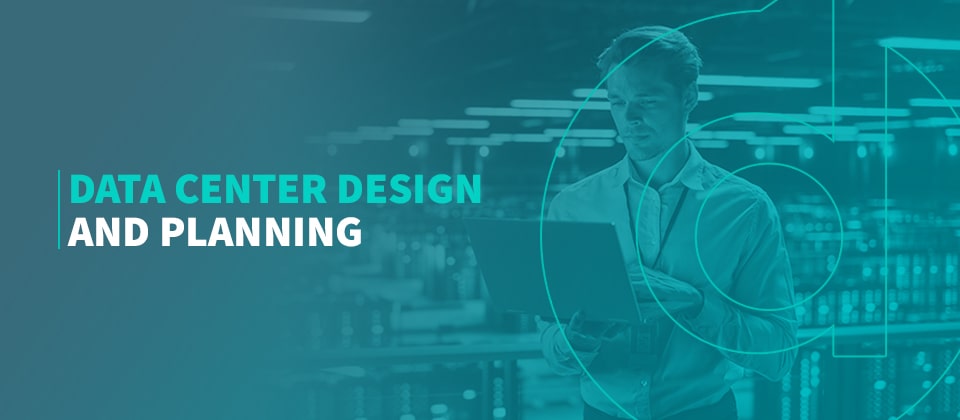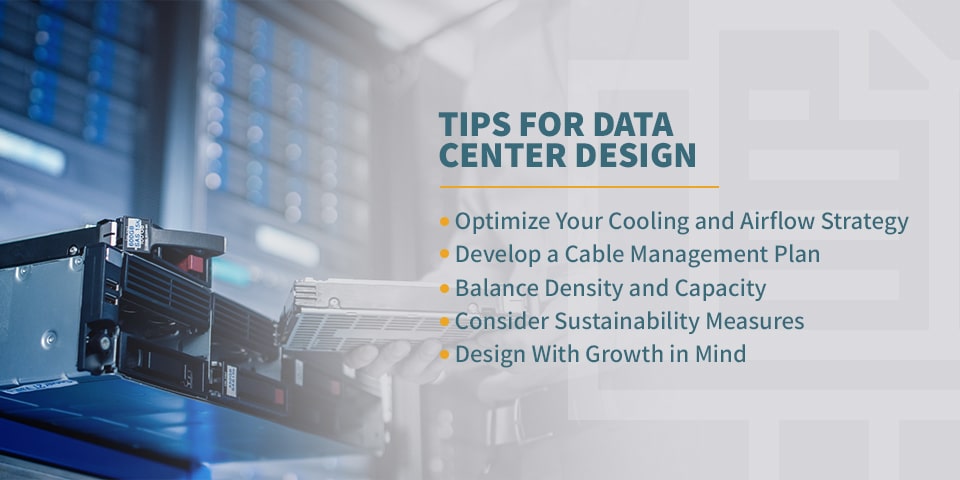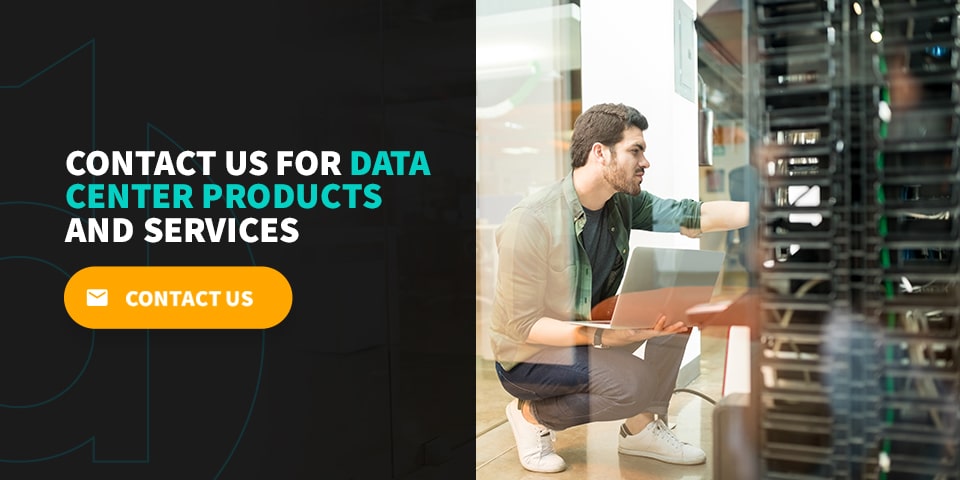Data Center Design and Planning

When you choose to maintain a physical data center, the design and planning process play an essential role in the success of your operation. There are many approaches you can take to your data center layout, but there are several best practices you should apply to your planning. You can develop a data center that optimizes operational efficiency when you’re equipped with the right strategies.
Importance of Data Center Layouts
Your data center is the foundation of your business — storing, protecting and organizing the data integral to your workflow. If your data center doesn’t operate the way it needs to, neither does your business.
Data center layouts are the core of operational efficiency. When you design your data center for optimal energy usage, accessibility and scalability, you can feel the effects throughout your organization.
With the right number of servers, your team can stay productive with fast information management throughout the day. An effective layout and organizational strategy make it easier to expand or respond to functional issues when they arise. Your data center design also plays a significant role in your company’s use of its financial resources.
When you apply a strategy to your data center planning, you can enhance how your entire business runs. Understanding the many factors that go into a data center layout can help you develop a plan that supports the long-term success of your company.

Tips for Data Center Design
Every organization approaches data center design differently based on its operational needs. You can apply general best practices to your planning process to generate optimal results.
Optimize Your Cooling and Airflow Strategy
Data centers generate extensive heat, making cooling and airflow critical design elements. If your servers overheat, you can experience catastrophic failures that lead to data losses and millions of dollars in hardware replacements.
You have a few options in your approach to cooling, and your preferred option will depend on factors like where you’re located and your data center budget. Energy usage and the costs that come with it are essential to your planning, especially since cooling systems make up anywhere between 30% and 55% of overall energy consumption. Your options include:
- Air conditioning: Industrial air conditioners are the traditional method, and they’ll keep your data center reliably cold. This option can give you complete temperature control, but it’s energy-intensive and can be costly.
- Outdoor air: If you’re located in a region where it’s cold for most of the year, you can integrate outdoor air into your data center cooling system. This method can be inconsistent and may need a backup approach for days when the outdoor temperature is too warm.
- Water cooling units: Water has high thermal transfer properties, making it a highly efficient cooling option. This method can be ideal if you’re near a body of water.
- Localized cooling: This approach involves setting up cooling units in each warm row of your data center. Using this design means cooling does not need to be transported through ductwork, and you can customize cooling based on equipment needs.
Airflow design will ensure cooling gets where it needs to be, and heat is drawn away from your equipment. Many data centers will use the hot/cold aisle, where each section is designated for either expelling heat or taking in cold air.
Develop a Cable Management Plan
Your servers will rely on miles of structured cabling to keep your systems connected and information flowing. When developing your cable management plan, you’ll need to implement an organizational system that makes your wiring easy to access and change as needed.
Using horizontal or vertical cable managers can be helpful, and running your wires under the floor or in the ceiling can make it clear which cable goes where. During cable selection, you’ll want to consider speed and connectivity capabilities based on your operation’s needs and data center floor plan.
Balance Density and Capacity
One of the most notable challenges in data center design is finding a way to balance equipment density with the size of your space. You may be tempted to fit as much equipment as possible into your area, but that may not be the most cost-effective approach as cooling and power costs will skyrocket.
Racking will be your ultimate resource when managing capacity restraints. You may find the most beneficial layout uses a combination of high-density and low-density racks to reduce power requirements without limiting your operation. In data center design, dimensions are essential. Make sure you know how big your space is and account for sizing when selecting racks.
Consider Sustainability Measures
Energy expenses are often the prime concern when developing data centers because the costs can accumulate quickly. In many modern data centers, sustainability practices have become more commonplace.
Between 2010 and 2018, data center computing workloads increased by 550%. While more efficient technology has led to only a 6% increase in energy consumption, the overall cost of energy continues to climb. On top of financial considerations, a growing dedication to the climate has led to several businesses pursuing green initiatives across their organizations.
Sustainability practices in data centers often involve harnessing clean fuels like solar or wind. While these approaches may come with high costs upfront for the infrastructure, the cost savings over time can make it worth the expense. Your reputation as a company may also improve with the addition of greener practices.
Design With Growth in Mind
Businesses continue to rely on data to operate, and these needs are only expected to expand. Your data center should always reflect a potential for growth, so your IT team can easily integrate more racks and servers into your infrastructure.
Modular data center design often uses expandable racking systems and easily movable storage to make a redesign within reach. While it’s not cost-effective to rent a large space and only use half of it, leaving a small portion of empty space will benefit you in the long run.
Why Choose DataSpan?
DataSpan offers a range of products and services to guide your data center planning. Our product offerings include everything you need for your data center design, including:
In addition to our products, the DataSpan team strives to deliver innovative solutions for IT infrastructure, data center optimization and storage. Our team can help you relocate your data center, manage racking solutions, perform consultations and more. With our professional support, your organization can develop a comprehensive data center that scales with you.
Contact Us for Data Center Products and Services
With professional support from DataSpan, you can design a data center that suits your needs. Get in touch with us today to learn more about our capabilities.








